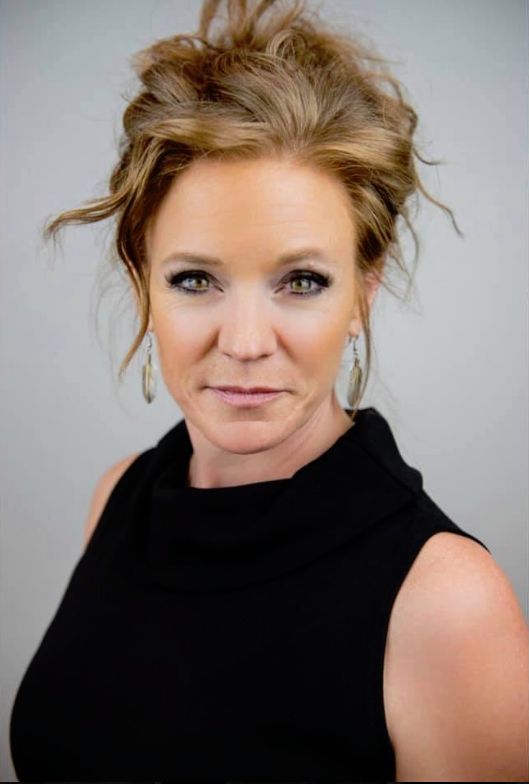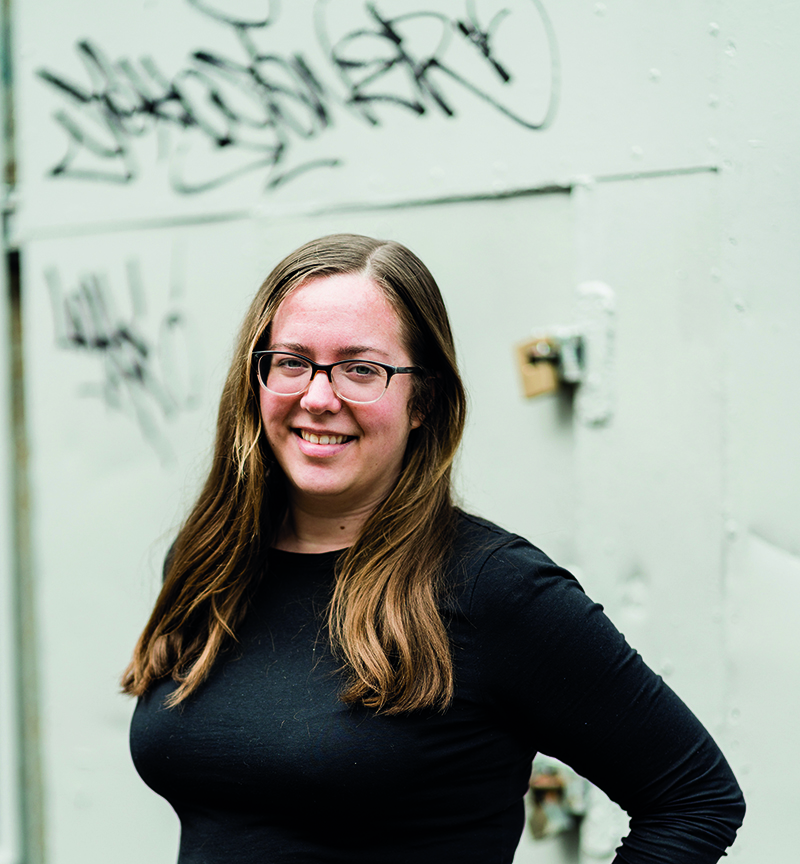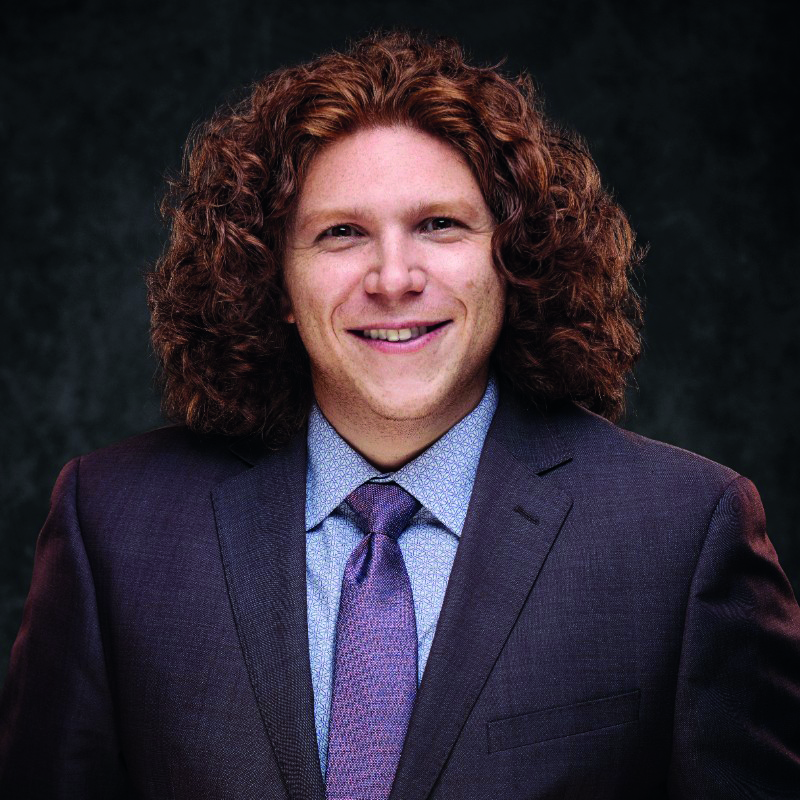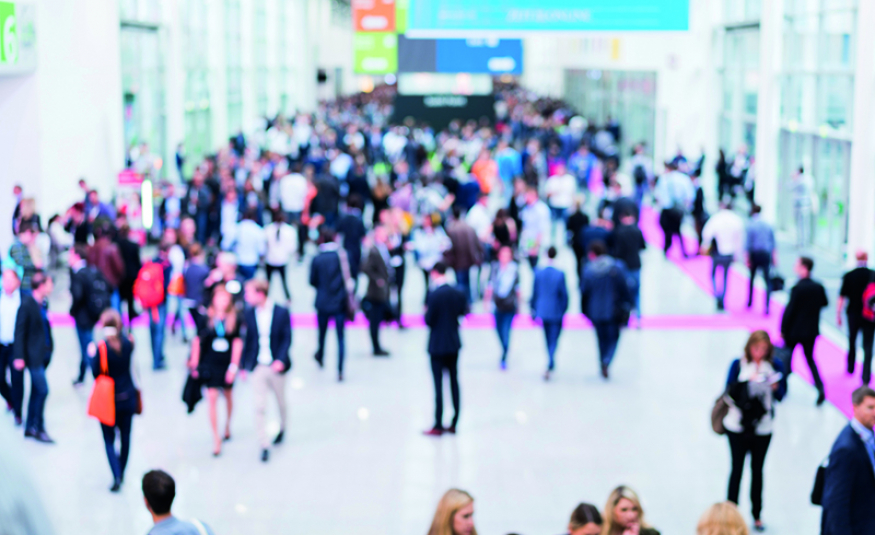EW’s US commentator, Stephanie Selesnick, looks at how the next generation will engage with exhibitions and tradeshows
When I started attending Expo! Expo!, IAEE’s signature annual event every December as a 20-something year old, it was a big deal. The annual exhibition and conference for the US trade show industry was one of my most anticipated events of the year. It was the place to learn my craft.
The floor was full of cool products, and if I saw something particularly useful for our business, it was shared with company decision-makers. It was also where I made friends who I still have today. Thinking back now, the age range was quite varied from young newbies to older veterans.
Fast forward to 2022. Not as many young people are found on the average show floor. Organisations are holding competitions for ‘30 under 30’ and are challenged with getting qualified candidates. It got me thinking, with smaller travel budgets and fewer people being sent to exhibitions as buyers/visitors, what’s an organiser to do to entice and integrate the next generation into trade shows?
I spoke with Liz Irving, CMO, Clarion North America, Michelle Swayze, senior marketing manager for The International Surface Event (TISE), Sydney Nolan, account manager, SoolNua, a MICE business advisory firm, and an ‘Under 30’ newer professional in the industry, and Joe Kowalsky, show director of The PhotoX Events, Emerald Expositions and 2022 UFI NGL Grant recipient.

Irving shared what Clarion North America is doing with their portfolio to attract younger audiences to their shows. Like all industries post-Covid, there have been a lot of retirements. Part of reaching retiree’s replacements involves the laborious tasks of email validation and finding those new people. She said: “It is industry dependent. There’s not one answer, but you must keep digging and digging to get to the right people, then provide the right enticements to attend in person.”
Using the data obtained by offline events (webinars, conferences, educational sessions) has helped find next gen prospective attendees. Working and incentivising industry CEOs to bring teams to events is another tactic. Irving said: “We ask Bellwether attendees, ‘How can we help you bring teams that include younger members to our shows?’ To that end, we now include entry level sessions at our expos.”
Additionally, Clarion’s exhibitions produce on-site content in a fun and engaging way, creating FOMO around events. Irving explained: “Our social media teams use moments to encourage visitors to showcase themselves on platforms such as Instagram. They post photos of visitors engaged in face-to-face networking on different platforms, asking them to tag themselves.” Seeing peers in those posts will encourage others to attend the following edition.
Engagement tactics

Swayze has taken a different tactic. From 2020 until 2022, TISE saw a 13% increase in attendees under 40. One factor for the increase is due to Covid fears with older buyers sending younger ones in their places. However, a bigger part
of this increase is that TISE provides year-round engagement and community building with their audience using closed Facebook Groups.
They also consistently produce and share content via TISE TV, a new online broadcast network developed by their team during Covid. She said: “We created separate groups for 2021 and 2022. The largest group of users are between the ages of 25-34. Facebook is great for pulling data – and it’s free.”
Swayze joins private Facebook groups in their industry space. She advises approaching those administrators with support.
“How can we support your group; your community; would you like us to share content; passes to the show; maybe buy a banner ad?
“Whatever you do, don’t gratuitously self-promote; be organic. Become an authentic part of that community. This is one of the ways the show becomes a thought leader. I’ve found that there are a lot of people not in our database that are members of these other groups and it’s a great way to find other influencers we didn’t know.”
Swayze and her team also work with podcasters, who tend to attract a younger audience – and host proprietary Facebook groups. “We both barter and sponsor some of these podcasters year-round, so TISE is mentioned in every episode.”
“We make sure the podcasters are pro-trade shows – especially pro-TISE, have them speak at sessions and provide additional visibility at the show. The podcasters then talk up our event and their live appearances.”
My advice: pay podcaster and influencer expenses to be at your show. You don’t want someone who previously supported it turning on you, expressing their views about how cheap and unappreciative your show or company is.
Shared spaces
So, you’ve enticed the Gen Y and Z’ers to your expo. Now what? How are you going to ensure they have a great experience, share it with their colleagues – and return the following edition? No matter how much we use tech, influencer marketing, videos and the like, the number one reason people go to a show for the first time is based on a personal recommendation. Our goal as an industry should be converting next gen visitors into life-long evangelists for our expos.

Nolan and I discussed her beliefs around being in a face-to-face environment and how important it is. “Whether it’s one-to-one or in a group setting, there is value in being in a shared space, in person. But being in person means the rules of engagement are different than online. For example, in an online session, you can ask a CEO or executive a direct question in the chat and they’ll respond. You can’t quite do the same thing in person on a show floor. It would be helpful to have advice ahead of time navigating live B2B events.”
She likes events which incorporate structured networking and matchmaking and cited a couple: HubSpot’s Inbound Conference in Boston and PCMA’s Convening EMEA. HubSpot’s event attracts many solo travellers and schedules smaller events within the larger one to encourage networking and community building.
Nolan commented: “Those events featured a nice icebreaker making it easy to find shared interests and commonalities with others. Convening EMEA featured planned small group activities. It made it much easier to connect with other attendees, especially as a first timer.”
She believes events and exhibitions going forward should provide a “safe space where we can go back to in-person, create relationships and understand the new rules of engagement.” When asked about what exhibition organisers can do to attract a younger audience, she suggested the industry “offer an all-in-one solution.
Have suppliers we can talk to solve problems and find solutions. Provide good educational opportunities to help us grow our careers, and lastly, have structured networking – small-planned group activities that consider budgets, time, etc. We like personalised options.”
Evolving event design

Speaking of changing event design, Kowalsky shared the rebuild and rebrand Emerald is doing with the upcoming Create NYC, formerly PhotoPlus expo. In 2019, the average visitor age was 51+. The last edition had 19,000 free attendees, a 6,900sqm (75,000sqf) show floor and no conference education.
This September, the first event since Covid, his team are actively recruiting 18–35-year-olds with a goal of 4,000 paid visitors, anticipate 930sqm (10,000sqf) of show space, and lots of small (10-12 people) focused educational sessions included in the cost of the ticket.
Kowalsky shared: “We spoke with our exhibitors and sponsors. They want meaningful connections with our visitors and prefer investing in hands-on experiences rather than paying for large scale booths. Our focus with Create NYC is to be more festival and experiential – including photo labs on show floor – helping our visitors find great information, products, and their micro-communities.”
Create NYC’s marketing strategies have changed from “selling tickets on social media to posting imagery, talking about trends, technology, and struggles with our audience. Engagement matters the most – I’d rather have 100 engaged people on social media than 2,000 who don’t care.”
Continuing he said: “B2B can be fun. It doesn’t mean wearing suits – but does mean providing a place for visitors to advance their professional careers, network with others and find community.”
I agree with Sydney and Kowalsky. As an industry, it’s imperative to bring young professionals into our exhibitions and business-to-business events. Between the Great Resignation and the Great Retirement, there are a whole lot of people in new jobs. This is the optimal time to add or rethink event design and programming to successfully attract Gens Y & Z.





